|
When Disney bought Lucasfilm back in 2012 for just over $4 billion, it was one of Hollywood’s biggest acquisitions of all time. For Disney, there was little doubt that it was a good move. It brought two family-friendly brands under one roof. However, the successful of the Star Wars franchise has probably surprised even the most optimistic Disney shareholder. Five years after the deal Disney has made back its entire investment, solely by the combined worldwide box-office sales of The Force Awakens, Rogue One, and The Last Jedi. All three have raked in just over $4.06 billion. Of course, this doesn't take into account the marketing budgets for the three films – but it also doesn’t include their merchandising sales from toys or theme park rides. However, you look at it, it’s safe to say the the 2012 deal was a steal and maybe even Disney’s best business move. Since taking over George Lucas' franchise, Disney has built up the Star War universe into a massive empire of comic books, amusement park attractions, and spin-offs that have been huge successes. Disney’s CEO Bob Iger is no stranger to making big acquisitions. He bought Pixar in 2006 for $7.4 billion and Marvel Entertainment in 2009 for $4 billion. Both production companies have gone on to make billions at the box office — a whopping $17 billion for Marvel across 20 films and $13.2 billion for Pixar over 13 films. Lucasfilm is poised to do the same, as its first three films all made over $1 billion at the global box office — "The Force Awakens" made $2 billion. "Solo: A Star Wars Story" was the only film that was widely panned at the box office, making under $400 million worldwide. When it was time again to revisit the Star Wars universe, Lucas, who wanted to handover the reigns, hired Kathleen Kennedy, an industry veteran and long-time associate of Steven Spielberg and with the special effects team at Lucasfilm. She became the perfect person to broker a deal between Disney and Lucasfilm. Kennedy would become the head of Lucasfilm after it was sold to Disney. Shares of Walt Disney are up 15.6 percent since last year and more than a whopping 127 percent since Disney purchased Lucasfilm six years ago. Disney continues to plans to release a Star Wars saga movie every other year and a stand-alone title in the opposite year. It's reasonable to think that the movies which advance the ongoing Skywalker of Solo saga and will be at least as successful as the previous films. That would mean that Disney would earn about $1 billion, which would be profit after paying off the debt owned from the purchase of Lucasfilm, just from box office every two years from its purchase of Lucasfilm. Add the other Star Wars revenue, like the estimated $500 million in licensing and retail revenue Disney made in the first year after The Force Awakens was released, and it's very clear Disney got a bargain buying Lucasfilm.
0 Comments
As it’s Halloween time, people tend to watch scary movies. Most horror films fall into one of three categories: the slasher films (Nightmare on Elm Street, Friday the 13th, Halloween), the psychological horror (The Fly, Jacob’s Ladder, Rosemary’s Baby) and the monster films (Dracula, Frankenstein, and any zombie film). Of the three only the psychological horror film can be said to have any originality. Fans of vampire shows like Vampire Dairies and True Blood might bet to differ, but if you look closer you’ll see more similarities than differences. Halloween just came out with a part sequel part reboot, that made $75 million on opening weekend on a budget of $35 million. I can safely say I’m not giving away any surprise plot twists when Michael, the psychopath villain, escapes from a mental institution to start killing people. This is the exact same plot as all the other Halloween films before it and since this film did so well, it will likely be the same plot as the next one. Indeed most horror films can be said to be the same. So why do horror films continue to be so popular? People go to horror films because they want to be frightened. You choose your entertainment because you want it to affect you. That's certainly true of people who go to entertainment products like horror films that have big effects. The psychoanalyst Dr. Carl Jung believed horror films “tapped into primordial archetypes buried deep in our collective subconscious – images like shadow and mother play important role in the horror genre”. The three main factors that make horror films alluring are death, suspense and acting out Fantasies Acting Out Fantasies We watch violent and frightening films as a way of purging negative emotions and or as a way to relieve pent-up aggression (an argument also proposed as a reason as to why some people love to play violent video games). We are drawn to horror simply because it's entertaining. It acts as a means to fend off boredom and acting out our darkest fantasies. As humans, we are a mixture of good emotions and bad emotions – these are natural. In modern society, we know not to act out on those bad emotions so humans have done in the past so do it through entertainment. Explaining Death A big reason we are drawn to the darkest of film darkness is that the horror film is a way of unraveling death. For all the religion and modern science, humans still don’t understand death or what comes after it. The juxtaposition of death is, of course, life and the seeming randomness of it. We can die at any time. It is constantly there, hanging in our subconscious. Horror films remind us of the randomness of death and that we are never really safe from it no matter how advanced technology may cause our lives to be prolonged. This is a huge subject which we can’t possible cover all here but surface to say we have always been fascinated with death and will likely to continue to be until we find a way to live forever. Explanation of the Unknown We love to be scared. There will always be a portion of us that are thrill seekers, that like to explore the unknown. The horror film is one of the oldest film genres. Dating back to the silent film period of the previous turn of the century, we have been dreadfully delighted with this particular type of film. Although society as a whole, don’t believe that there is some unknown force of pure evil, we are still fascinated by the subject. This fascination propels us to watch and will likely keep horror films popular for the foreseeable future. We’re told don’t judge a book by its cover, but in the case of Netflix – which boasts the title of the world's leading internet entertainment service – it becomes even more true. Netflix has built it’s multi-billion-dollar streaming company on ‘suggested viewing” but some viewers believe Netflix has taken it too far. Netflix has been accused of changing the film posters that appear on screen depending on who the intended audience is. For example, some black viewers claimed that black actors featured in its advertising of films despite the fact they had minor roles and the major roles were primarily white. Some film audiences have cited the popular example of Love Actually. The film primarily stars white actors Hugh Grant, Emma Thompson and Alan Rickman, but the advertising poster that many black viewers saw featured the black actor Chiwetel Ejiofor despite only having a minor in the film. Similarly, black viewers noticed that actors from ethnic minorities were shown on the artwork detective series Lewis rather than its white stars, Kevin Whately and Laurence Fox. Many viewers have called Netflix marketing misleading and intrusive. Other film audiences believe that this could become a much bigger problem as Netflix algorithms become more knowledgeable in what could become similar to the Facebook-Cambridge Analytica data scandal. This controversy comes after Netflix introduced a brand new algorithm that provides personalized movie posters to its 137 million subscribers around the world. With this new algorithm, different images are generated for each title to cater towards what Netflix believes a specific user may be most interested in clicking on. Netflix has long used AI learning and its proprietary algorithms to parse nuanced trends within its content and user data to A/B test into more than two thousand taste groups. From there it not only recommends television shows and movies that viewers might like but actually creates shows based upon the data they have created. Netflix found that many of its viewers liked political dramas so it decided to make House of Cards with Kevin Spacey and Robin Wright. The inclusion of minor characters on the posters suggests that these individuals have larger roles than they actually do has given rise to claims to false advertising which can lead to lawsuits or even jail time under the Consumer Protection Act. Netflix responded to accusations of basing posters on a subscriber’s ethnicity by replying that they don’t ask members for their race, gender or ethnicity so we cannot use this information to personalize their individual Netflix experience. The only information we use is a member’s viewing history. Since the algorithms are proprietary we can only take Netflix’s word for it. Does it drive you crazy when people in movies continue to do things that don’t actually happen in real life? Things like how action hero’s always emerge unscathed after a hail of bullets fly their way, or when people have the most fantastic sex without any awkward moments, or when the girl runs into the woods trying to escape bad guys. These events are common place in films and somehow continue to be used again again again. Here are some of our favourite examples: 1. When paying for a taxi, the person doesn’t look into a wallet or purse as you take out the bills. They just grab one at random and hand it over. Somehow It will always be the exact fare. 2. How many times have you shut the mirrored bathroom cabinet to see someone behind you in the reflection? Uh… never?? It seems to happen often in horror movies. The protagonist finds the antagonist standing right behind them. 3. This is one of our favourites… When a character hits a mirror, shattering it in frustration. The character then realizes their mistake and wraps their hand in a bandage. 4. It is never necessary to say "Hello" or "Goodbye" when having a telephone conversation. How A disconnected call can always be restored by frantically beating the cradle and saying "Hello? Hello?" repeatedly. 5. Who keeps scrapbooks any more? Everything is digitized. In films only teenage girls and psychopath, scrapbook anymore. who knows that the scrapbook will clear up any ambiguities when it is discovered in a drawer in the final reel. 6. The ventilation system of any building is the perfect hiding place. Nobody will ever think of looking for you in there and you can travel to any other part of the building undetected. 7. All beds have special L-shaped sheets that reach to armpit level on a woman but only up to the waist of the man lying beside her. When people are wandering around before or after making love, and they’re decorously covered with sheets, it’s always seemed phoney. 8. The first punch always connects properly, usually on the chin. In real life this almost never happens. Most people who get into fights are not expert boxers. The first couple of punches usually miss or just scrape the side of their intended target. There are many more examples which we could never fit into a single blog post. In fact, Roger Ebert wrote a whole book about movie clichés. We expect some suspension of disbelief, movies by their nature rely on certain conventions, but writers and directors really need to come up with some better ways to convey stories. The 1932 film The Mummy starring Boris Karloff is the original horror movie that spawned many, many copycats staring actors from Brendan Fraser to Tom Cruise. Even Abbott and Costello had a crack at the franchise. But none of them came close to Karloff’s classic tale. The movies of the 1930s provided great escapism for people living through the Great Depression. Horror films like Frankenstein or Dracula allowed audiences to take their minds off the worst unemployment and poverty modern society had ever witnessed. The Mummy was inspired by the Egyptian craze of the time which was spurred by the discovery of the famous Tutankhamun’s Tomb, 10 years before the film’s release. Boris Karloff plays the risen Egyptian high priest Imhotep who is brought back to life by hubristic explorers. Now Sotheby Auction House is accepting bids for one of three remaining original posters of 1932’s The Mummy. It is expected to sell for somewhere between $1-1.5 million, making it the world’s most expensive movie poster ever. The poster was designed by Karoly Grosz, the advertising art director at Universal Studios responsible for a number of prints from the era. The brightly colored poster was unique for the movie marketing department at the time with its minimal use of white space. Just three original posters for The Mummy are believed to still exist. The other two are in the hands of private collectors, including one that’s owned by Metallica guitarist Kirk Hammett. Very few copies of original film posters from the 1930s survive. Back then, film posters were never released to the public, unlike other pop culture collectibles like baseball cards or comic books. They were just tossed away or locked in the back of some props department. The Mummy poster is a lithograph which is a printing method with richer inks and a higher-quality paper than what is used today. Movie studios phased the method out by the 1940s because it proved to be too expensive. The hope is that whoever buys it will have not just a financial interest, but a personal one as well. Somebody with a love of classical movies. Whoever does buy the poster will have a special art piece. Universal made four Mummy sequels including The Mummy’s Hand, The Mummy’s Tomb, The Mummy’s Ghost, and The Mummy’s Curse but none of them measured up to the original. The Depression era movie posters were created much differently than today’s movie posters. Today’s wide-release movie posters all suffer from what is call in the film industry ‘The Curse of the Floating Heads’". Because today’s films rely on star power, the main actor’s head will be front and centre with the supporting actors in the background. It’s an online-only auction, so if you have a spare million lying around, you can get in on the action from anywhere in the world. The auction ends, of course, on Halloween, Wednesday, October 31st. The biopic, Bohemian Rhapsody, about Queen singer Freddy Mercury is set to be released late October. There is great anticipation and buzz, especially about the lead actor, Rami Malek who many critics believe will be up for an Oscar.
As for his on-stage persona Rami Malek said he watched of all things Liza Minelli in Cabaret as part of the research. The film can probably also count on serious Oscar consideration in crafts categories including Costume Design and Sound which both excel in the film. At the very least Malek joins a growing number of performances in the Lead Actor race including some yet to be seen such as Christian Bale’s Dick Cheney in Vice, but this one will be hard for Oscar voters to ignore. Malek doesn’t do his own singing – who could match Freddy Mercury after all – but does an amazing job of embodying Freddie Mercury himself. The film producers hired a sound-alike for certain portions for the soundtrack which will likely be popular. However, after the release of the movie’s first trailer some critics were quick to point out that there was no footage of Freddy Mercury romantically with other men, despite the well-documented history of Mercury’s bisexuality. Malek has countered this criticism, saying that the film doesn’t shy away from his sexuality or AIDS. Adding that it’s a shame people have judged the film by a thirty second spot. Although the film, written by Anthony McCarten and and Peter Morgan, addresses Mercury’s bisexuality in numerous scenes, the emphasis here is more on the music, the band, and its lead singer behind it. In fact, that Live Aid performance is played in the film as a mini-concert just as it was in 1985 when it happened, an interesting gamble that pays off big time. The idea of the film is to bring a younger audience into the movie which would explain its PG-13 rating. According to the producers there were some drafts of the script that went deeper and more darkly into this area, but ultimately the end result is a movie that first and foremost celebrates the creative spirit and the music of Queen and Mercury. What is likely to result is the rather standard Hollywood biopic film which, if the critics are right, would be mildly disappointing. This film should be a shoe-in for a Best Picture nomination, however, by the sounds of it, the film isn't deep enough. The film could be so much more, taking on issues such as AIDS and bisexuality. Bohemian Rhapsody should be compared to films such as Philadelphia, the Dallas Buyers Club, Brokeback Mountain or even Orange is the New Black. While Mercury’s life was tragic and beautiful, it gives filmmakers so many themes to play with and anything less is just a waste of celluloid. Streaming services such as Netflix and Amazon have to provide more European content to European viewers, the European commission has voted. However, some nations within the EU could also opt to increase the minimum to 40%. making the rules stricter for these American companies. Many European countries already have quotas for movie theaters and TV networks so quotas for streaming content is seen as the next natural step. The argument the European Commission puts forward is having a minimum amount of local content fosters cultural diversity and ensure that movies with smaller budgets – as well as local talent – get a chance to compete with blockbuster franchises such as the Marvel Comic movies or the next Tom Cruise offering. Some European countries also set a tax on ticket sales of American blockbuster films to finance local movie production. With today’s new European agreement, streaming platforms will also have to contribute to local productions. They’ll be able to invest directly in local content or finance national funds, directly helping smaller budget films. Streaming services will also have to contribute proportionally to their revenues in each country. It’ll be a bit tough to calculate for Amazon as Amazon Prime Video is mixed with a bunch of services as part of the Prime subscription plan so it will be interesting to see you the EU does it. It might set a model for other continents such as Asia to do something similar. Streaming platforms will need to be transparent when it comes to their flagging and moderation mechanisms. The EU has been progressive when it comes to children content. For example platforms can’t capture personal data of children for targeted advertising purposes. Streaming services will have to have at least 30% of their on-demand films to be local content. This shouldn’t be any obstacle for Netflix or Amazon as they are naturally progressing to more international content as they fight to attract a broad range of audience. Netflix has already announced plans to invest in European economies by opening offices in Paris and Madrid to produce more content in those countries. Europe has a long tradition of great cinema from Nordic crime drama to art house French films. At the moment there is a great range of shows on Netflix including Call My Agent (France) Money Heist, (Spain) The Break (Belgium), Dark (Germany) and Nobel (Norway). Both Netflix and Amazon clearly see the business sense of expanding their European content, so it will likely be available not just in Europe but across North America as well. being brought in, rather than just cutting out non-EU content to balance the ratio. If that means more Nordic crime dramas or French art house cinema, who are we to complain? Companies such as Amazon and Netflix cater their video catalogues to the market that they operate in. However, for the most part it tends to pull from the same pool of shows and movies, with some international selections here and there. We’re sure that there are some who are hoping for more locally-produced content, but the good news is that if you live in the EU, your wish could soon come true. The European Commission has been proactive about the right of subscribers to paid streaming services such as Spotify, Netflix, Google Play, and Netflix which usually restrict content depending on what country they are being streamed in, however EU citizens can now travel throughout the union and have access to the same music and film as they have at home. However, with the Brexit break, UK subscribers might have some of their streaming perks revoked. The famous Polish filmmaker Roman Polanski who directed such films as the Chinatown, Rosemary’s Baby, and The Pianist is set to direct Oscar-winner Jean Dujardin in a film based on the Dreyfus Affair. The film is filled with controversy because of the MeToo movement which has swept Hollywood and embroiled filmmakers such as Harvey Weinstein, Kevin Spacy, and Tom Sizemore still hasn’t damaged filmmakers such as Polanski or prevented them from making films. Roman Polanski, who is accused of rape and has a warrant for his arrest in the United States for the last four decades will explore one of the most famous miscarriages of justice in his new film, J'Accuse. Is this coincidence? We think not. The spy thriller is based on the real-life story of Captain Alfred Dreyfus, a French solider during the First World War, wrongly accused of spying for the Germans, whose trial for treason became a cause celebre in Paris in the 1890s. French Oscar-winner Jean Dujardin, who was the star of the black-and-white silence picture The Artist will play the roll of a counter-espionage officer who proved, after Dreyfus’ conviction, that he was innocent. Louis Garrel will play Dreyfus. Mathieu Amalric, Olivier Gourmet and Polanski's wife, Emmanuelle Seigner, is co-staring, Polanski has been developing J'Accuse, or in English The Dreyfus Affair, for six years now. British writer Robert Harris, who has worked with Polanski on The Ghost Writer, penned the screenplay. The director first announced the Dreyfus project in Cannes in 2012. He had initially planned to make the film in English, arguing the story was relevant in today’s world of secret military courts, government cover ups and an out-of-control press. But the timing of the film means J'Accuse will be Polanski's first film in the #MeToo movement and there will be backlash over the director’s past behaviour. Many people are asking why Hollywood and film studios across the world are still allowing Polanski to make films when so many other actors accused of sexual misconduct, rape and other behaviour have been blocked from doing so. The Academy of Motion Picture Arts and Sciences expelled the director, saying Polanski's actions did not conform with the Academy's new ethical standards, yet somehow he still gets studio backing. Polanski was arrested and charged with raping 13-year-old Samantha Geimer in 1977. He pled guilty to statutory rape and was briefly imprisoned, after which he was released and put on probation as part of a plea bargain. When Polanski learned that a judge was planning to revoke the plea deal, the director fled Paris before the sentencing. He has remained a fugitive every since, despite repeated attempt to extradite him. He lives in France, which does not extradite its own citizens. He has been living there for four decades. He has not set foot in the United States since then. |
AuthorJeridoo Productions' own Blog about our Productions, Projects and Film- and Movie-related News. Archives
October 2022
|
JERIDOO UNIVERSE AG |
MOVIE PROJECTS |
MEDIA |
© Copyright 2018 Jeridoo Universe AG


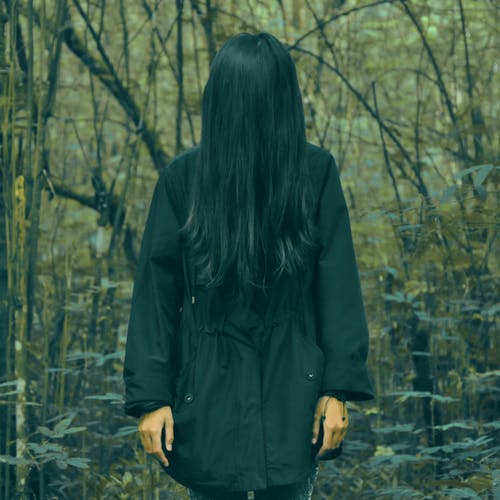
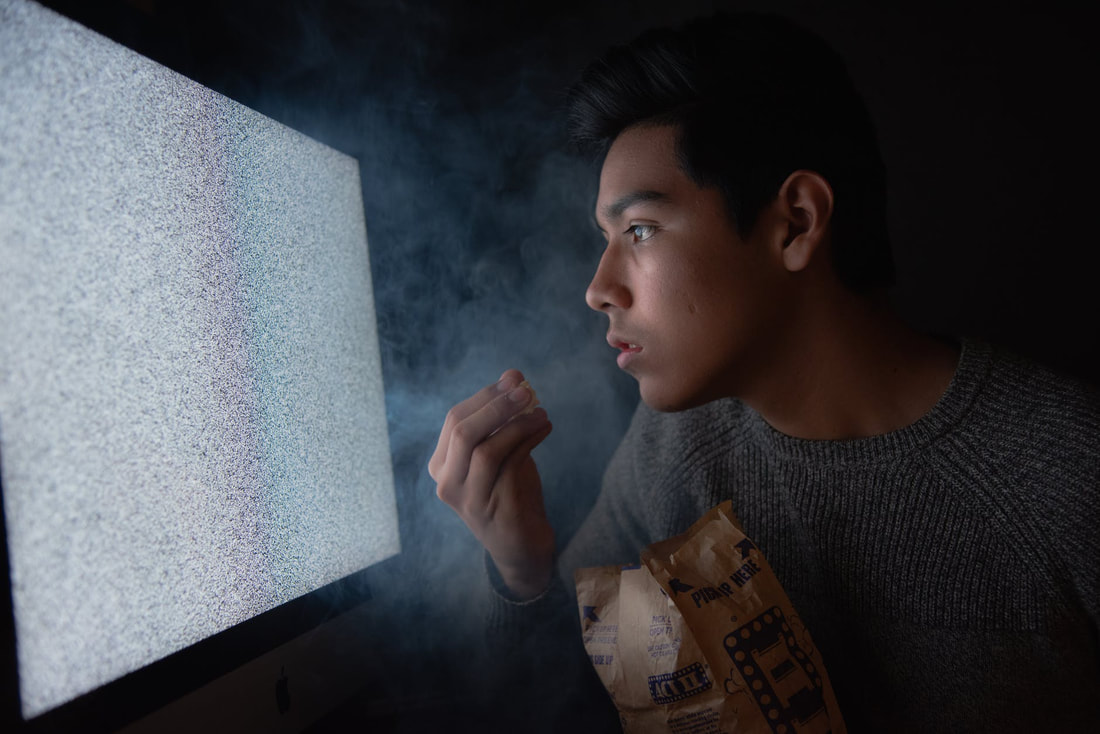

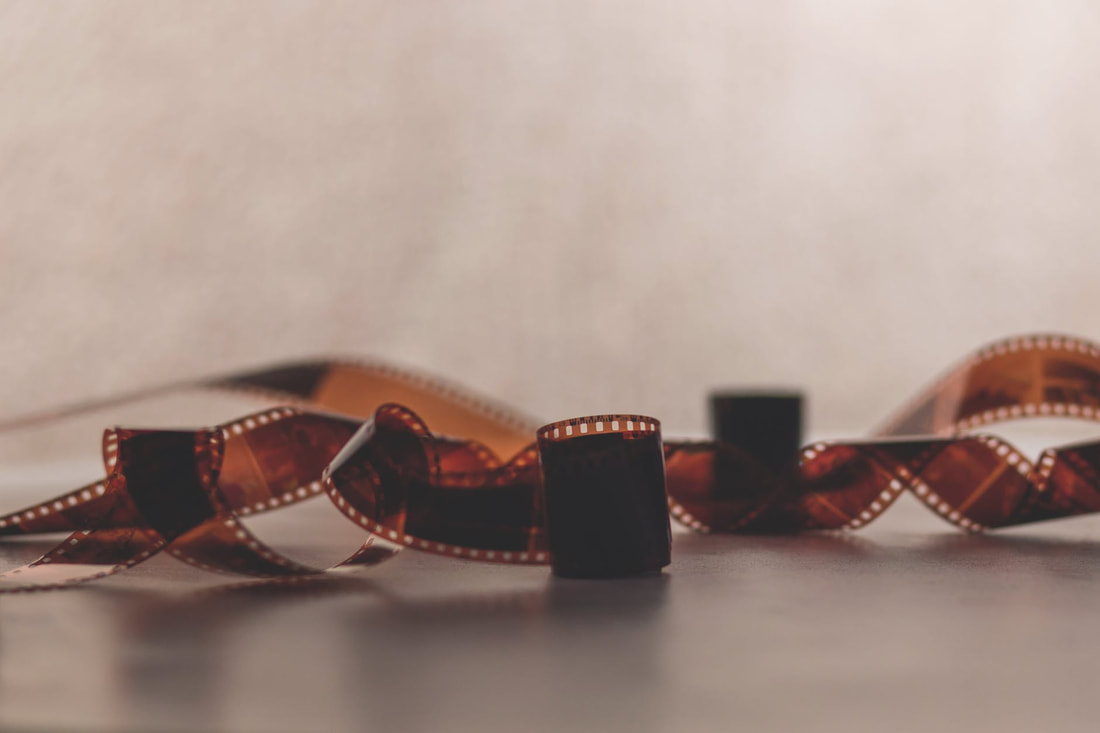
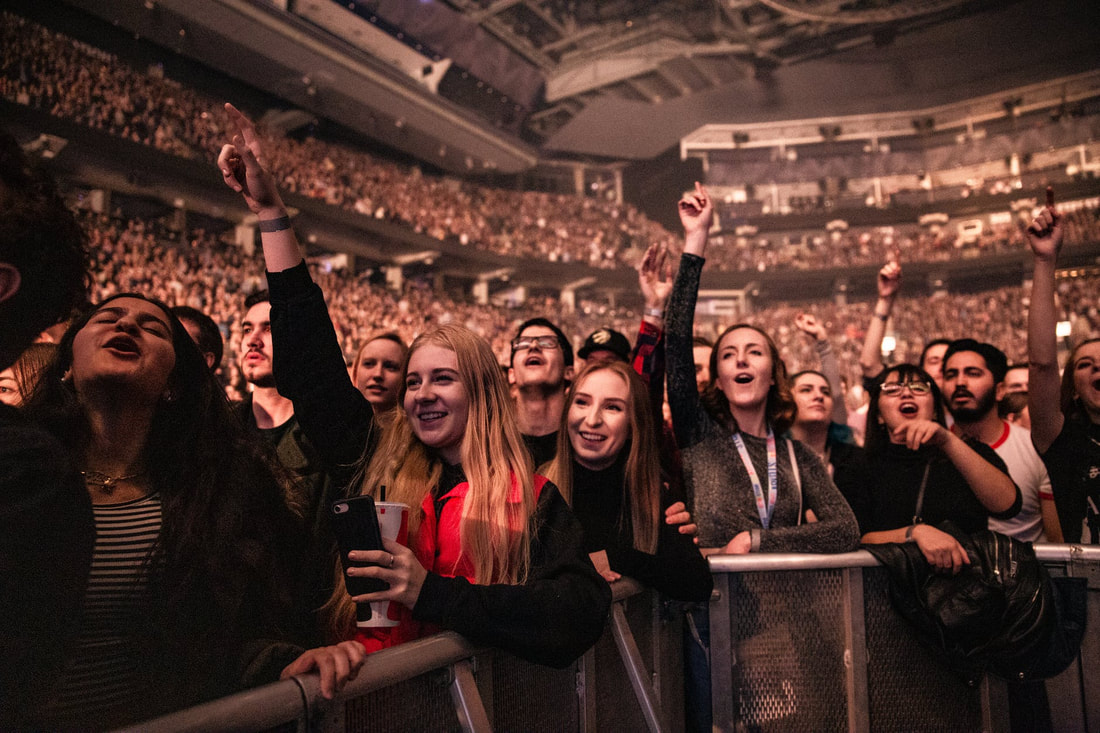
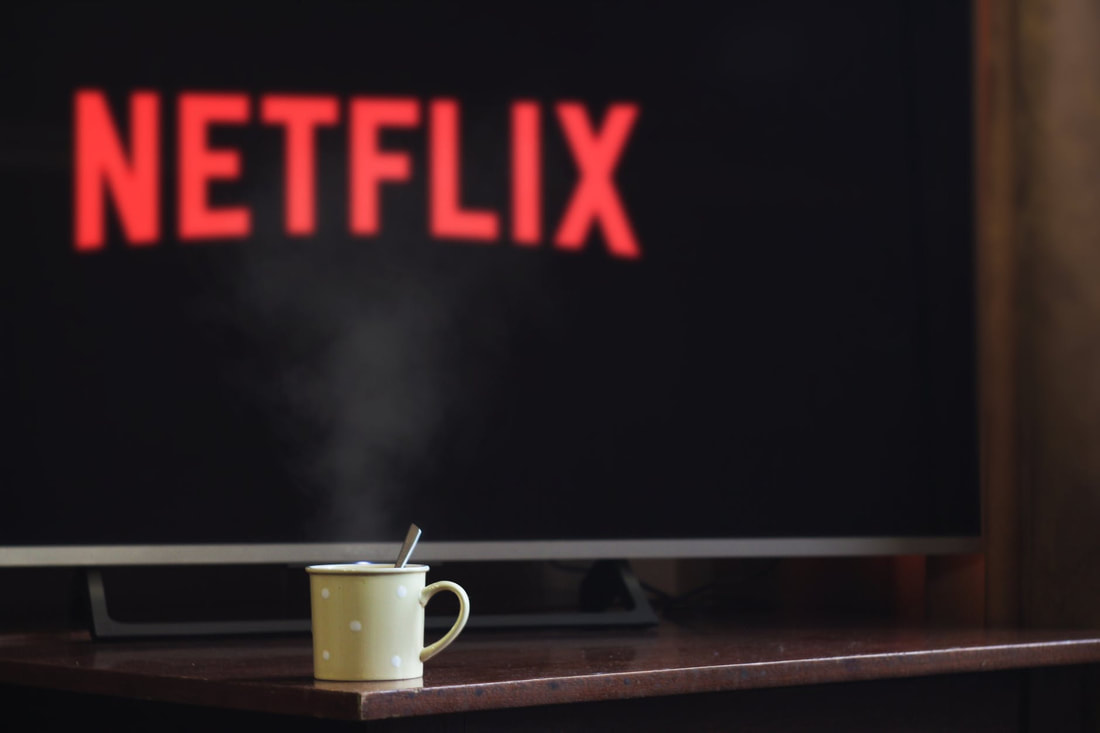



 RSS Feed
RSS Feed